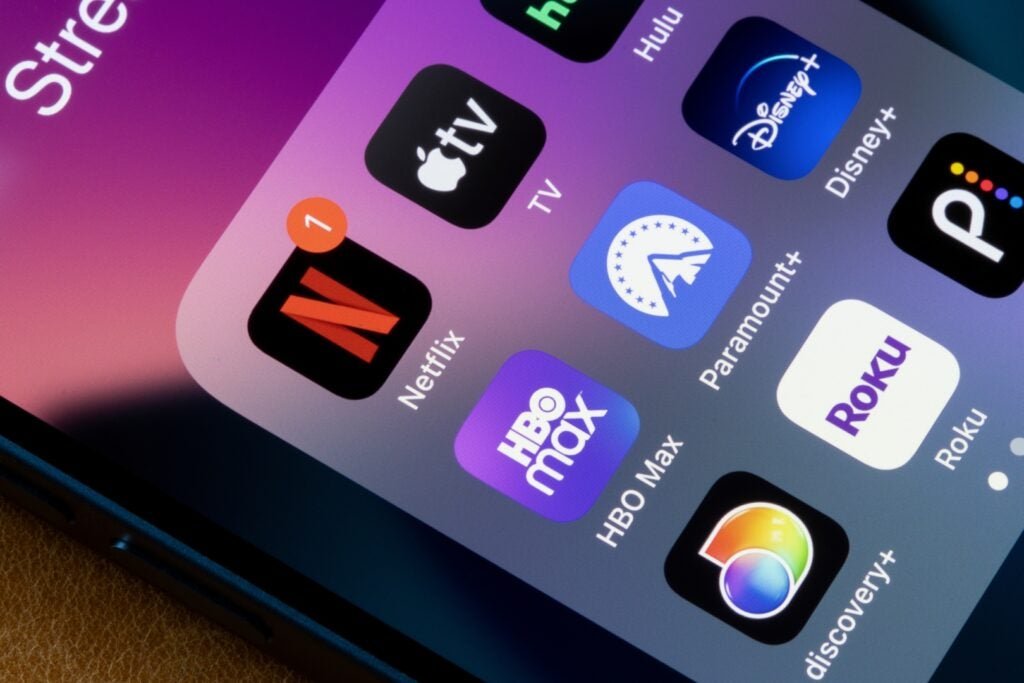Bestselling author and NYU professor Scott Galloway joked that if someone held a gun to his head and told him to cancel all his streaming services, he would be dead. “I don’t know how to cancel them. I don’t have the patience to,” he said on a recent episode of his “Office Hours with Prof G” podcast. That frustration, he explained, is by design, as streaming platforms make it intentionally difficult to unsubscribe.
Responding to a listener who said every subscription in his life had gone up in price, Galloway said the wave of price hikes is not about inflation or macroeconomic shifts. It’s about pricing power.
Don’t Miss:
According to Deloitte, the average U.S. household now pays for four streaming services, with the total cost rising 13% in the past year—from $61 to $69 a month. For younger users who average five subscriptions, the increase is closer to 20%. Americans now spend nearly $1,000 a year on streaming alone.
Disney+, Hulu, Apple TV+, Netflix, and Peacock have all raised prices recently. Galloway said companies know subscribers won’t easily cancel. “Credit Karma calls streaming the top of the essential non-essentials,” he said on the podcast. In other words, people will give up many things before dropping Netflix.
He also believes Netflix could actually gain during a downturn. A recession, he said, would give streaming companies “permission to test our tolerance” for higher prices, and so far, “we’ve tolerated a lot.”
Trending: From Chipotle to Red Bull, Top Brands Are Already Building With Modern Mill’s Tree-Free Wood Alternative — Here’s How You Can Invest Too
Galloway broke down why the market rewards subscription-based businesses. Recurring revenue is predictable, consistent, and easy to forecast. Investors value that stability, which is why a company like Netflix trades at much higher multiples than a retailer relying on one-time sales.
“You have to make a proactive decision to go into Urban Outfitters and buy more,” he said on the podcast. “You have to make a proactive decision to not go into Netflix.” That, he added, is the power of recurring revenue.
He explained that streaming companies first offered prices below cost to attract subscribers. Now that they have loyal audiences and strong brands, they’re focused on profitability. “This is just a standard part of the business cycle,” Galloway said.



